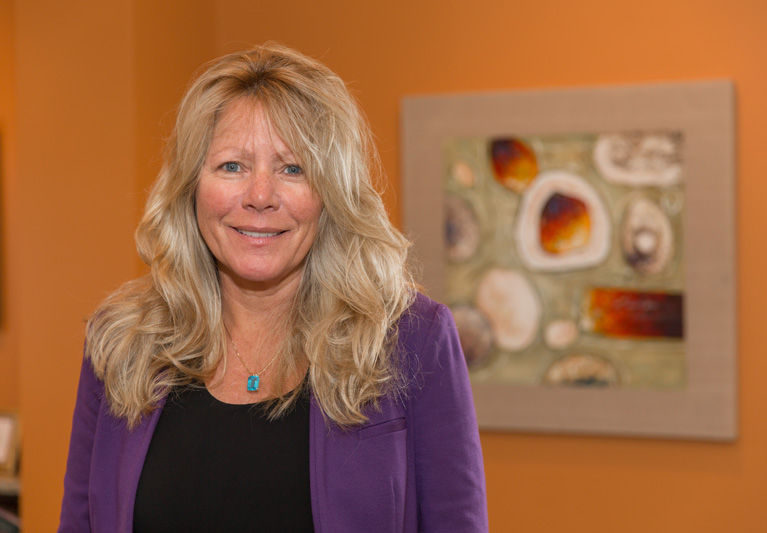
If someone asks if you are right-brained or left-brained, you likely understand what they are really asking: Are you analytical and logical, or are you creative and imaginative? Everyone knows that creative people are right-brained, correct?
Not so fast.
In recent years, cognitive neuroscientists have been investigating what actually happens in the brain during the creative process, and their findings are overturning the overly simplistic notions of the left brain/right brain divide, according to Dr. Whitney Legler, Psy.D, a clinical neuropsychologist with a practice in Vero Beach.
“Current thinking in the neuroscience community is that the implementation of creativity is not limited to a certain side of the brain or a certain brain region,” Dr. Legler said.
There are three brain-wide networks that play an important role in creative thought; Dr. Legler says that creativity seems to be largely dependent on the interaction between these networks. Depending on the stage of the creative process, and what you’re actually attempting to create, these networks use structures from both the left and right side of the brain to handle the task.
Here’s a quick, non-technical sketch of these three networks:
The executive attention network is called into play if a task requires a thorough level of concentration. For example, as you read this, you are using your executive attention network. This network is not heavily used in the first phase of creativity – defined as the free flow of experimentation which leads to the creation of a new concept or work of art. In that first phase, it’s beneficial to let your mind wander, and your executive attention network prevents that. (It is much more partial to the second phase of creativity, which involves editing and assessing the “creation” as it evolves into its final state.)
The imagination network, also referred to as the default network, is used to construct dynamic mental simulations – it builds pictures based on previous experiences and imagines alternative scenarios and events. This network is active during our bouts of daydreaming and, as might be expected, is active during the first phase of creativity. Vero’s Dr. Legler says that this is the network that lets the brain wander, which is good for the creative process, but can also play a part in both childhood and adult Attention Deficit and Hyperactivity Disorder (ADHD).
The salience network helps the brain decide what to pay attention to. Dr. Legler says “it facilitates ‘switching’ between relevant networks, turning one off and another one on. This allows us to focus on what’s most important in our environment.” As an example – imagine sitting at a pool with your 2-year-old grandchild. Your senses are filled with the sky, the breeze, the trees, the warmth of the sun, the chatter of other pool-goers, the book on your lap, and much more. But if your grandchild teeters too close to the edge of pool, it’s your salience network which laser-focuses your attention right where it needs to be.
(As an aside, the “imagination network” is also involved in social cognition – how people process, store and apply information about other people and social situations. If you are imagining what your spouse could possibly be thinking to cause that look on their face, you are using this network.)
Scott Barry Kaufman is scientific director of the Imagination Institute in the Positive Psychology Center at the University of Pennsylvania; he also writes a column called “Beautiful Minds” for Scientific American. He offers this slight caveat, which might appease those who still feel the sides of the brain serve fundamentally different purposes: “There’s some grain of truth to the left brain/right brain distinction. For instance, spatial reasoning recruits more structures in the right hemisphere, and language processing recruits more structures in the left hemisphere.”
Penn’s Kaufman says, “It’s an exciting time for the neuroscience of creativity, as long as you ditch outdated notions of how creativity works. This requires embracing the messiness of the creative process and the dynamic brain activations and collaborations among many different brains that make it all possible.”
Dr. Legler’s office is located at 3003 Cardinal Drive, Suite A on the barrier island; the office phone is 772-231-5554.



